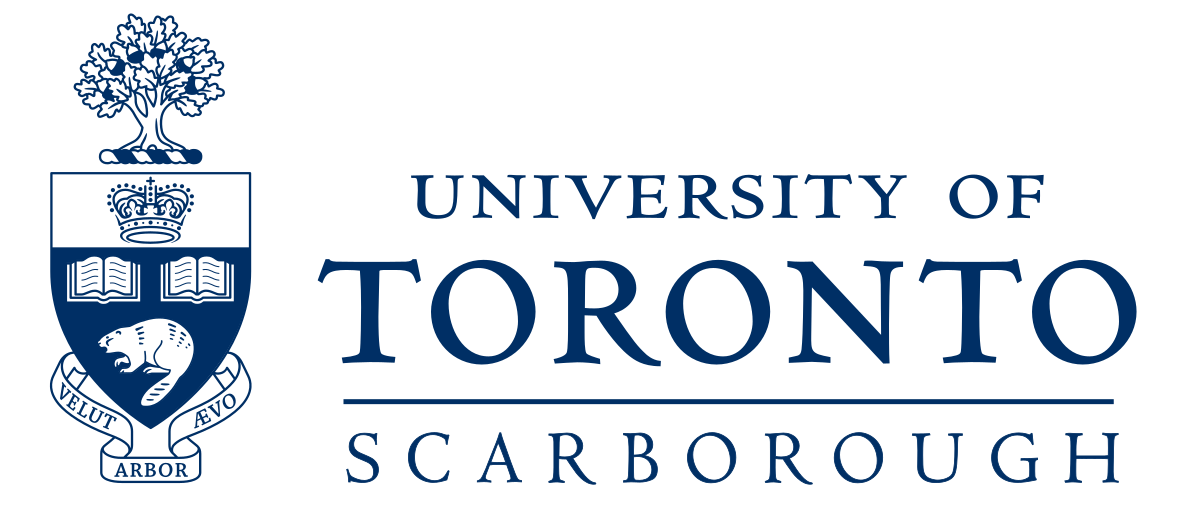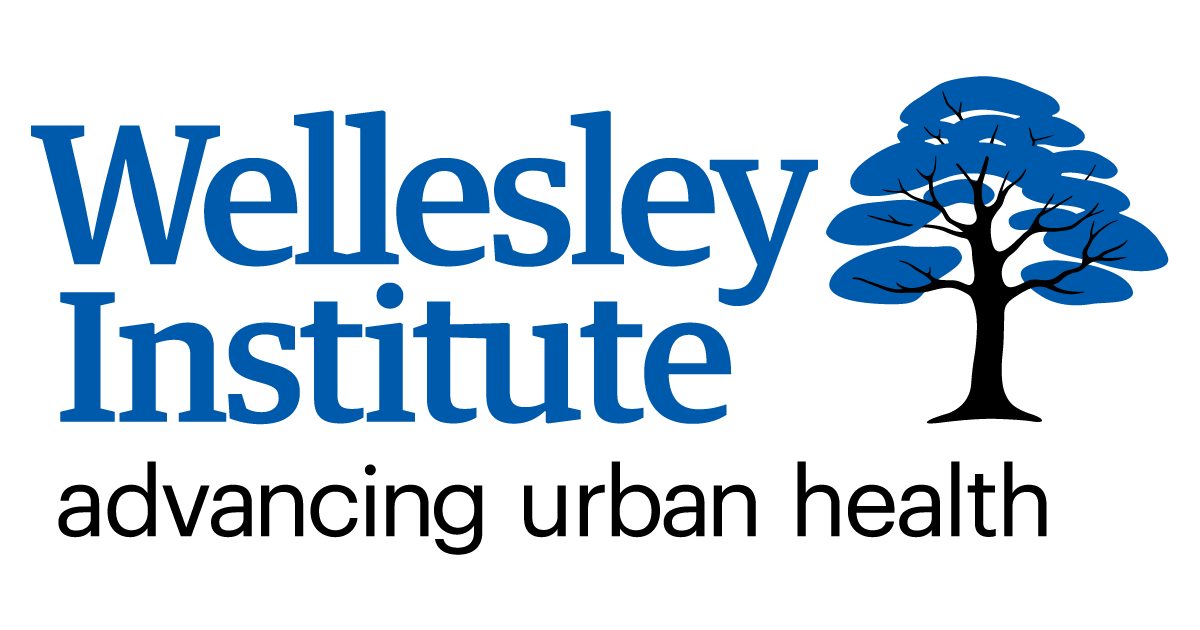The Community Voices Handbook
This handbook describes our experiences with conducting a community-based survey to capture the views and preferences of several diverse, low-income, suburban communities in Toronto, Ontario, Canada. We use these experiences to outline lessons, recommendations, and considerations for other organizations who may want to develop and administer similar community-based surveys. We have provided checklists associated with each section. To obtain a compilation of all checklists, click here.
Feel free to skip to on any of the following topics to see our lessons and recommendations
- About: The Community Voices research design and timeline
- Sample: How did we find the right sample to survey?
- Survey: How did we design the survey?
- Recruitment: How did we find the right surveyors?
- Training: How did we train surveyors?
- Resources: What physical or digital materials did we use?
- Protocols: What were our protocols?
- Interaction: How did we interact with residents of diverse backgrounds?
- Motivation: How did we maintain surveyor motivation?
- Safety: How did we ensure surveyor safety?
About the Handbook

Neighbourhoods refer to large areas based on the City of Toronto’s formal division of areas (E.g., Dorset Park and Mount Olive).
Routes are smaller areas within neighbourhoods that we used for scheduling surveying sessions. Routes were developed based on number of houses to visit and the total area.
Letter and flyer are physically printed materials given to residents as a reminder to complete the survey.
Protocol are the procedures and processes for surveying the target population.
Residents refer to individuals who surveyors asked to complete the survey. In this handbook, we use residents unless otherwise specified.
Replenish is a meeting between the survey coordinator and surveyors to exchange necessary materials and formulate solutions to any survey-related challenges.
Replenish Protocol is an outline developed for each replenish that outlines which surveyor is responsible for which route and what materials are needed from the survey coordinator.
The voices of residents from low-income neighbourhoods are often missing from urban planning discussions related to the health and sustainability of communities. This research project examined how residents feel about their neighbourhoods and the policies that are most important to them.
Three research questions guided this project:
1. How do residents define a healthy neighbourhood?
2. How do people understand the role of public policy in creating healthy neighbourhood
3. When provided with a range of policy choices, which variables rank highest?
The Community Voices research project was developed in collaboration between the Wellesley Institute and the School of Cities at the University of Toronto. The project used a mixed-methods research approach with a quantitative survey followed by qualitative semi-structured interviews. This study was conceptualised as a pilot study to capture a snapshot of resident views and develop the research methods for conducting this type of research in diverse, low-income, suburban communities.
This handbook will discuss our experiences from the first and second phases, with a greater emphasis on the second, survey administration phase. This phase was split into two: East Toronto (July to September) and West Toronto (October to December). The main findings of our survey can be found in the final Community Voices Report.





